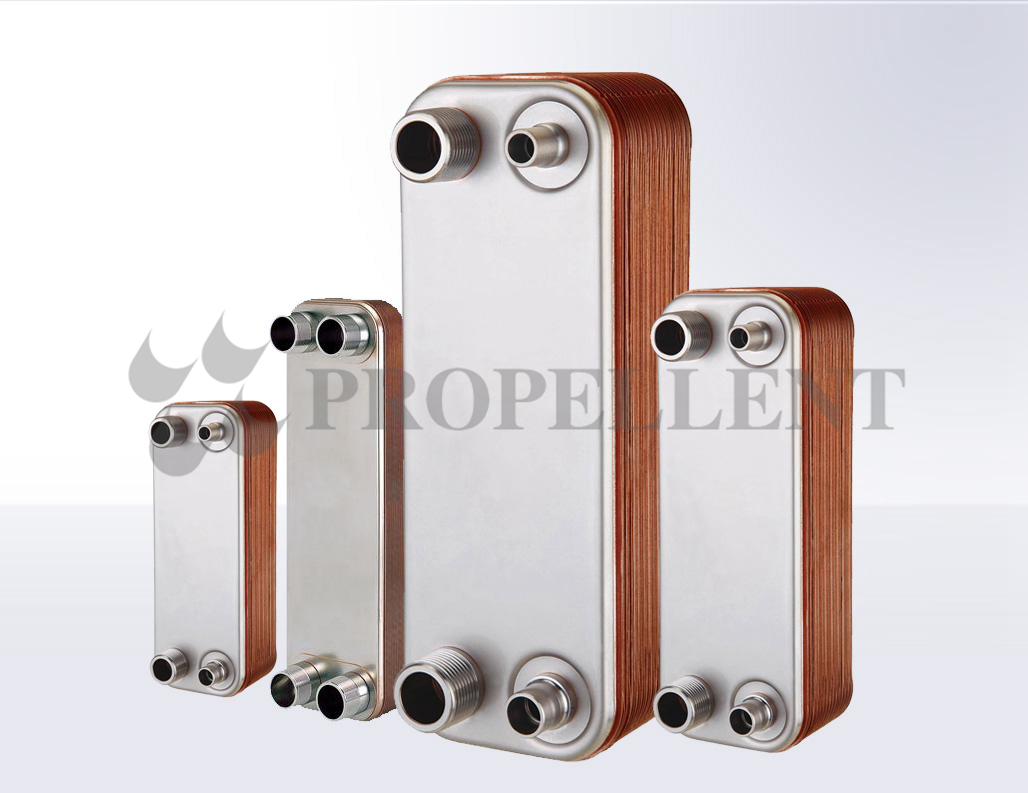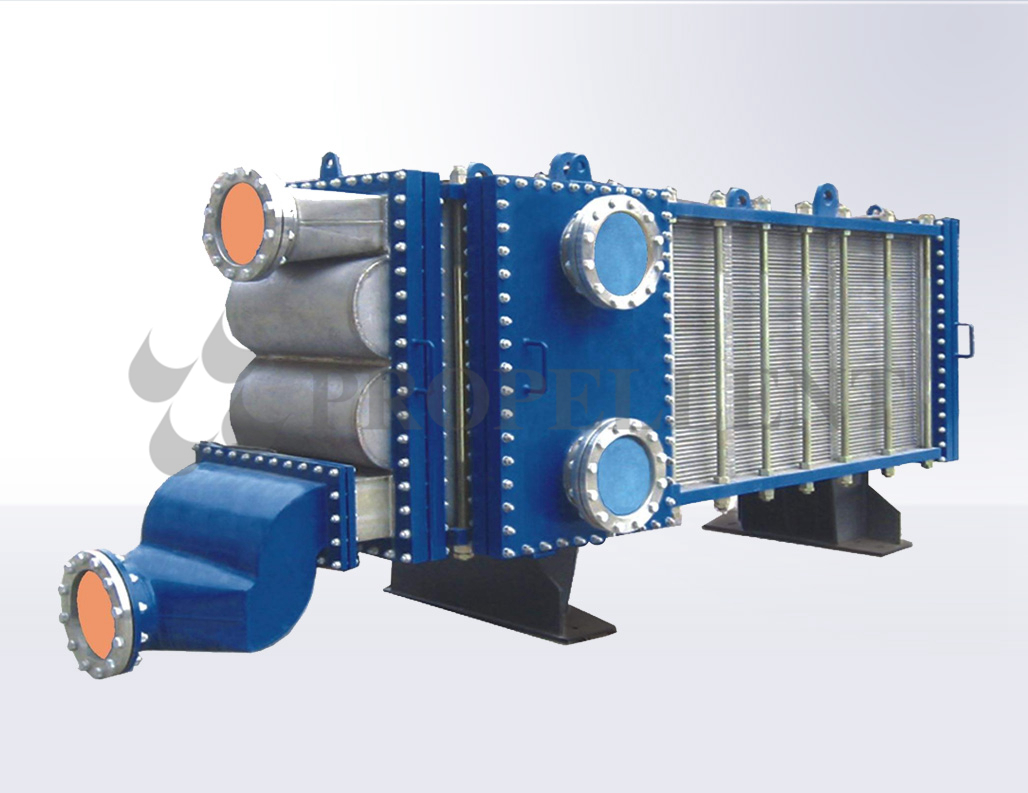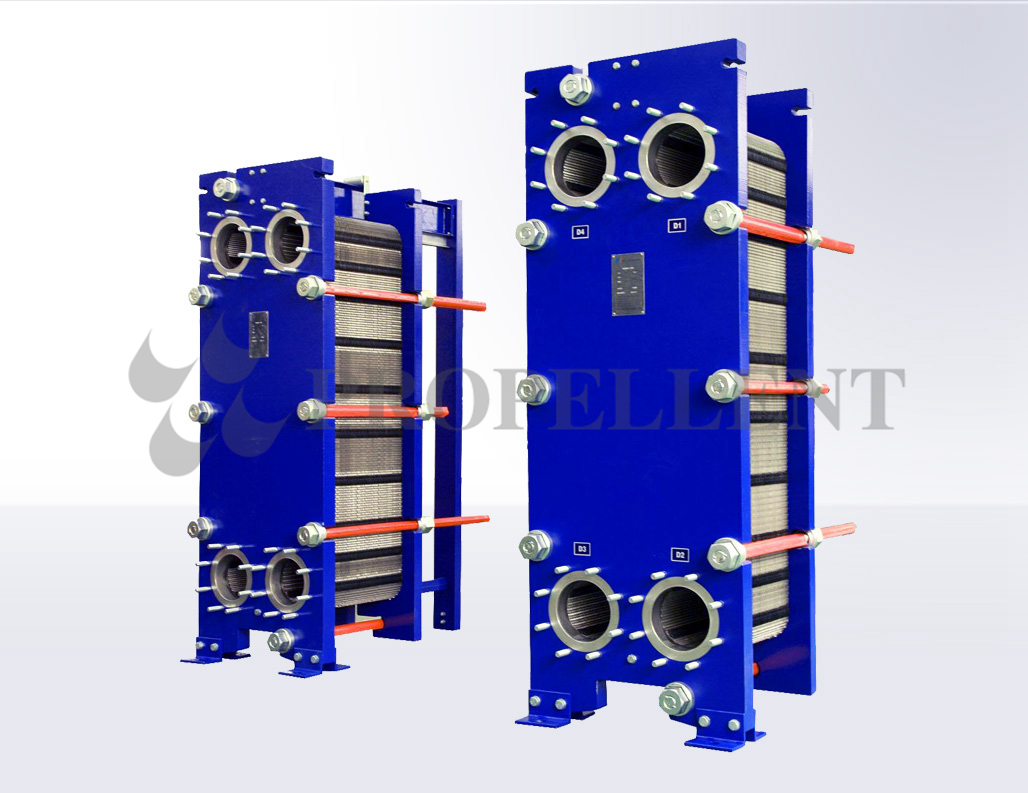Industry news
Tip: where are the heat exchangers used on the ship?
Where are the heat exchangers used on board?
Every system in the ship is connected to each other in some way, and even if a system fails, the ship is out of service. Heat exchangers play an important role in the efficient operation of different systems on board:
1. propelling plant
The main propulsion system consists of lubricating oil system, jacket water system (open or closed system), fuel system and other main operating subsystems. All of these systems are heated when the energy is generated and the temperature is controlled by using the system and the heat exchanger. The heat exchangers commonly used in the main propulsion system are - shell and plate heat exchangers.
2. Auxiliary power generation system
The auxiliary power generation system is similar to the main propulsion system except when the energy is output. Tube - shell, plate and fin heat exchangers are usually used.
3. Starting air system
High pressure air is produced in the compressor and further cooling in the intermediate cooler is equivalent to a heat exchanger, Shell and tube heat exchangers are often used here.
To properly atomize, the fuel is heated in the heater using steam as the heat carrier. It is mainly realized by shell and tube heat exchanger. To reduce sulphur oxide emissions from the propulsion plant, the combustible fuel is mixed with water spray to allow direct contact with the heat exchanger.
5. refrigerating system
In the refrigeration system, evaporators are used as phase change heat exchangers in meat, fish and vegetable Chambers.
6. Ac electromagnetic system
To maintain the temperature, the phase-change heat exchanger unit is installed as evaporator. The condenser unit is usually a tube-shell heat exchanger.
7. freshwater system
To produce fresh water, the seawater condenser and the jacketed evaporator are used, both of which are heat exchangers. Tube - shell and plate heat exchangers are usually used.
8. turboset
If the ship is made up of a steam turbine or a turbine generator, heat transfer is usually carried out with a spiral heat exchanger.

Editor’s Note: This is a guest post from Wechat of THT Group



